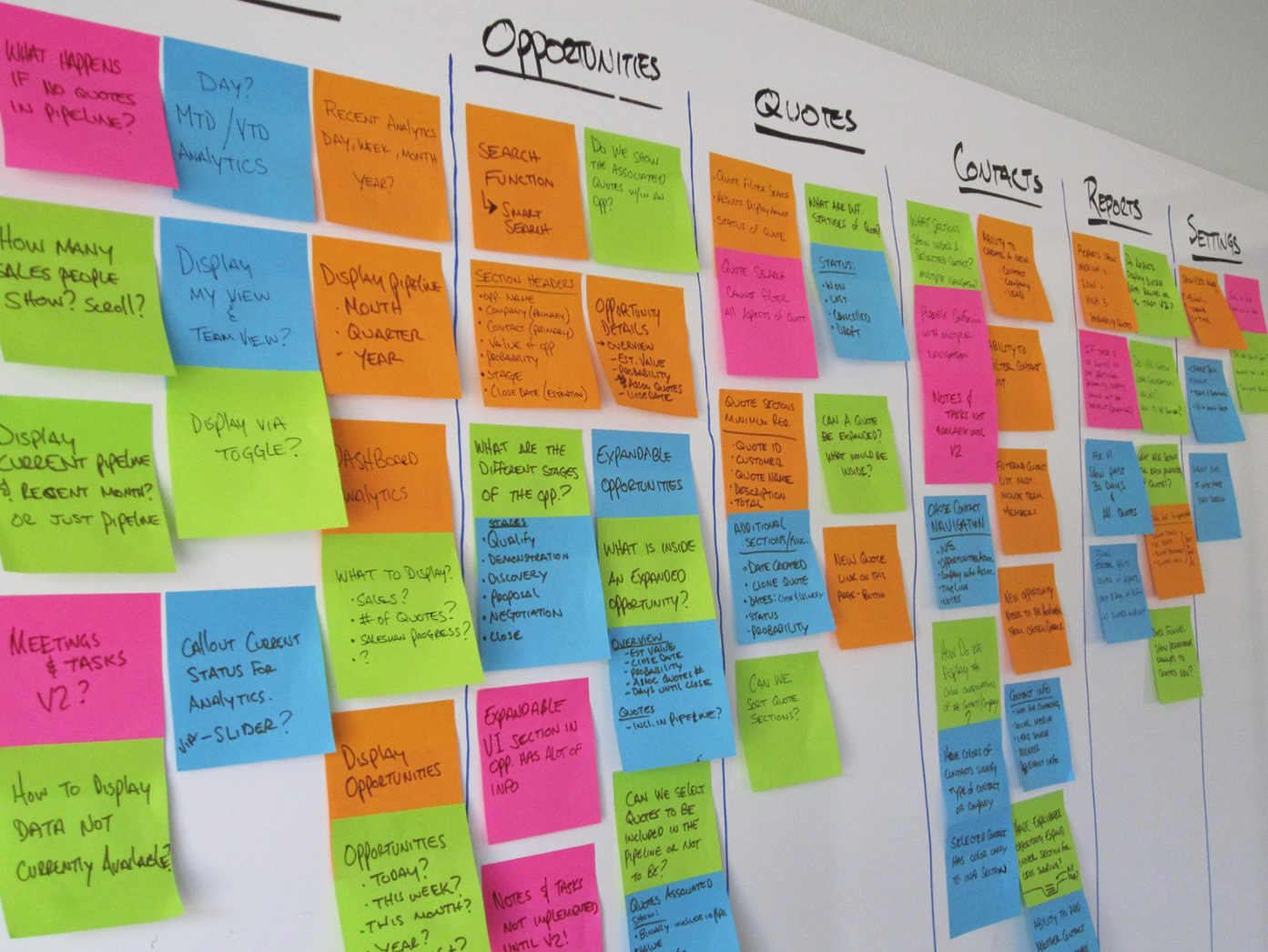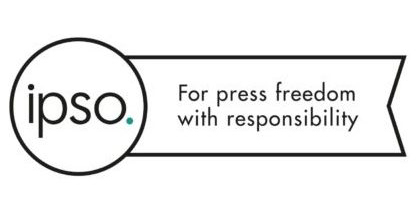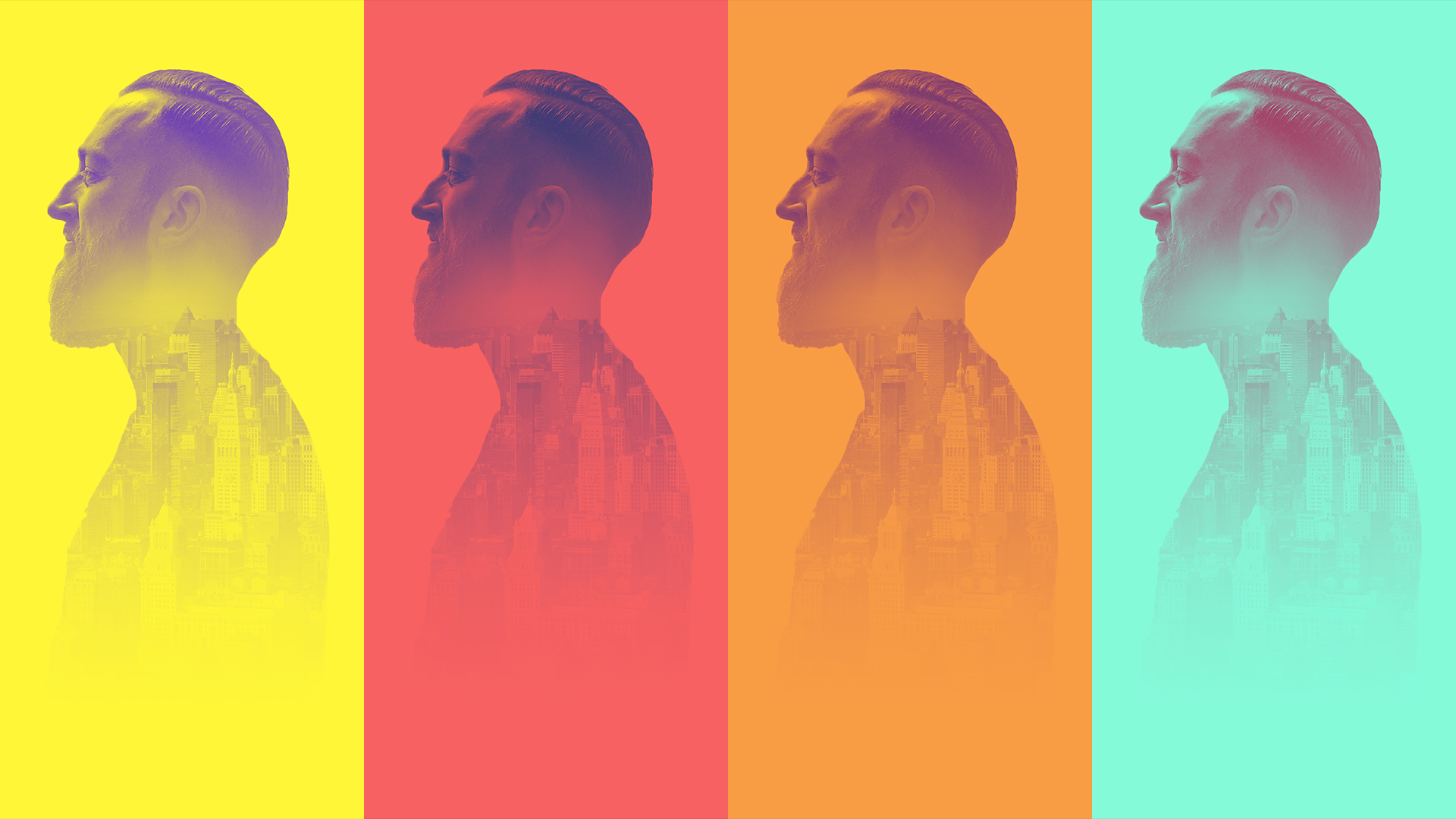DesignWipe 2018 - A look back, and a look forward
Well, congratulations everyone - we just about made it through 2017. From leaps forward in Artificial Intelligence and the rise of the interface-less interface, to the controversial role social media played in world events and the emergence of Bitcoin, 2017 was a year of big change and big reflection in the world of brand and technology.
Last January, I made a few predictions about what 2017 would hold for designers. Some of them didn’t quite come to fruition - hamburger menus are still knocking around, and standards in VR and MR are yet to be defined. But while I never could have predicted some of the craziest news stories that were to emerge throughout the year, there were a few things on the list that ended up having a big impact in the design community. Let’s take a look back at some major design predictions of mine that hit the mainstream this past year, and ponder what 2018 could bring.

1) UX comes of age
There’s no question about it - the field of User Experience design exploded in 2017, and it continues to evolve now. Not only is a seamless experience for users imperative in any design, it’s become very simple to achieve, what with the countless resources and commodities now available and standardised.

Budgets have increased to accommodate valuable UX practices. And there has been a shift in the role of the UX designer from simply being able to design good experiences, to being integral in considering strategic and business goals. “2018 will be the year where designers will, not without struggle, learn to be more strategic about the features, screens, and experiences they design,” says Fabricio Teixeira at The UX Collective, “It’s about time we accept the fact we are not artists and embrace being part of a business. For the best.”

2) Ethics in design
As mentioned above, the role of the designer is definitely changing. In a landscape where people are becoming more and more politically and socially engaged, in 2017 designers became far more aware of the responsibilities they have in crafting the experiences in the world around them. I was lucky enough to attend SXSW back in March and see the ways in which a new generation of designers are using their craft to create real change, from creating art spaces for social justice, to considering the impact new technologies like VR are having on society and designing solutions for the problems that have subsequently arisen. You can read my previous blog post on this here.

More than this though, applying ethics in design means it is becoming more and more imperative to create experiences that are truly, universally accessible. With mass adoption of new technologies on the horizon, it’s more important than ever to craft accessible experiences for as many users as possible. We’re seeing real life examples of this all the time, such as Facebook’s new facial recognition software helping blind users identify people in photographs, as well as companies falling behind - Twitter’s recent update to 280 characters fails to accommodate for users with screen readers. Ben Groulx, Interaction Designer writes “To design is to intentionally better people’s lives in large and small ways. If you’re leaving some people out of that equation, you haven’t succeeded.” So 2018 will definitely be putting accessibility at the forefront of digital design. If you want to read more, check out Laura’s blog on the dos and don’ts of accessibility and how it can impact your design decisions.

3) Content is king
Whilst it’s true that designing with real content and data will help you create more accurate experiences (and machine learning is making it even easier to achieve) I’ve mentioned this prediction here for another reason. We can’t have a review of 2017 without talking about ‘fake’ content.
‘Fake News’ was certainly one of the bigger phrases of 2017, and the implications of it are extremely concerning. Mark Zuckerberg has admitted that Facebook should have done more to tackle the spread of misinformation during the 2016 US Presidential election, and in December of last year, the UK press watchdog IPSO launched a logo for its news outlets to apply to its content to confirm that the content has been regulated.

In 2018, we’re likely to see more attempts across the web to differentiate fake and real content, and design will play a large part in that. Leeron Hoory at Quartz Media says “Before we even start reading an article on an unfamiliar site, there are considerations that we process…[logo, colour scheme, type]…These visual design elements become important filters for readers to gauge authenticity online.” Designers, therefore, must take more and more care when crafting layouts for important information, with visual indicators such as typography having a huge impact on how we absorb content quickly, and whether or not we find it trustworthy.

4) Chat Bots, AI, interfaceless interfaces
We bang on about this a lot here at TheTin, and with good reason. CUIs (Conversational User Interfaces) and the ‘interface-less interface’ were definitely the trends of the year when it came to tech, and there were plenty of new design challenges that came with it. Alexa and Google Home are now present in over 30 million households in the US, and Gartner believes that, by 2020, 30 percent of web browsing sessions will be done without a screen. So it’s becoming increasingly important to consider different kinds of design principles to accommodate these new experiences, such as, for example, thinking about the personality of your voice system, or considering the context of how it will be used. “It’s important to take a step back and think about the user first and foremost,” say the folks at InVision, “Voice will change almost all interactions we have with machines. Be smart about where to use voice, and design it in a way that everybody can use it—no matter the accent, language, or tone of voice.” Again, it all comes down to what’s best for the user, and what can be done to make it accessible for as many users as possible. “In 2018,” say The UX collective “we will have to work hard to make sure the excitement around the technology doesn’t get in the way of the user’s experience.”
So what else does 2018 have in store for brands, and for designers? Here are a few things to watch out for…

1) Visual trends are becoming bolder, brighter and more impactful
Over the last couple of years, we’ve seen material design, white space and functional UIs, as well as the interface disappearing all together. So it’s little wonder that, in reaction to this minimalist approach, one of the coming visual branding trends this year is to be more big, bold and fantastical than ever. Pantone’s colour of the year, Ultra Violet, is a testament to how visual trends are moving towards bolder schemes and ideas, to reflect the rapid technological changes happening in our world. Photography will see an emergence of more striking visual trends with things like double exposure duotone (an evolution of the popular duotone trend of last year) to give images an even greater impact. And, with an increasing acknowledgement of the troubled times we’re living in, illustrations and other branding is likely to move towards the more fantastical and escapist once more. “Our need for hyper-sensorial experiences blended with nature and the human imagination will permeate into artists’ work,” says Miriam Harris at Digital Arts Online, “The "fantasy theme" will continue to be seen in branding choices, including the use of vivid colours, creating a sense of escapism from reality, as well as expressive and bespoke hand lettering and typography to match.![]()


2) Machine Learning and personalisation meets UX design
Our experiences online are becoming increasingly more personalised, and Machine Learning has had a big role to play in this. Understanding user data and applying it to user’s experiences in meaningful ways has become common place - from more accurate recommendations on Netflix to ML helping craft better storytelling for brands. This surge in the application of artificial intelligence is affecting the way we design experiences, and designers are increasingly moving from thinking about groups of potential users to thinking more about the individual experience. According to Designer Byron Houwens, “This idea of the individual, as opposed to the target group, is what defines user experience and its inevitable marriage to machine learning. It’s this way of thinking, this focus on the singular, that I think designers need to start looking into and mulling over.” So we might be seeing more collaboration between data scientists and designers in the coming year, and further definition of exactly what Machine Learning can do to make the design process even easier, as well as the outcome. It’s a hard thing to predict, but one thing is certain - machine learning and artificial intelligence is constantly evolving, and is bound to have an even greater impact on the role of the designer in 2018. We just need to make sure we’re using it the right ways.

3) Brand ‘experience’ over brand ‘identity’
From designing personalities for voice interfaces, to creating a more dynamic visual language, to the actions of big name brands being more and more scrutinised, to the emergence of disruptive technologies…it’s clear that what qualifies as a brand experience is changing, and brands will require more than a sharp logo and colour scheme to communicate their message in 2018.

With a greater need for transparency and clarity, the actions of brands are becoming ever more important - for example, AirBnB’s closure of accounts linked to the white nationalist rally in Charlottesville earlier this year, or smaller companies putting ethical motivations at the heart of their brand message. We’re also seeing a shift in how brands are accessed. With more and more routes into content, you can expect to see some changes in how brands present themselves online, such as the decline of the traditional homepage in favour of more dynamic and personalised entry points. Most importantly, as The UX Collective puts it, further investment in ‘non-pixel-based experiences’ is the future. “It doesn’t matter how usable your app UI is if your customer service team is rude to people over the phone,” says Caio Braga, “For users, it’s all coming from the same brand.” Cohesion with all of these brand elements will mean success in 2018, and the UX designer will help bring it all together.
2018, bring it on
2017 might have been a big year for disruption and shocks, but it certainly equipped us with a lot more knowledge and insight into where brand and technology could be headed. With a better understanding of the technologies and processes that have emerged, designers should go into 2018 expecting more change - but we’ll be far better prepared for it!
As your brand and technology partner, we’ll help you discover what’s possible.
We’ll make sure that the way we work is the right fit for your business, and we’ll ask the right questions to make sure you’re set up for success.
Together, we’ll create a unique advantage for your brand.
We are TheTin – building brands through technology, email [email protected]